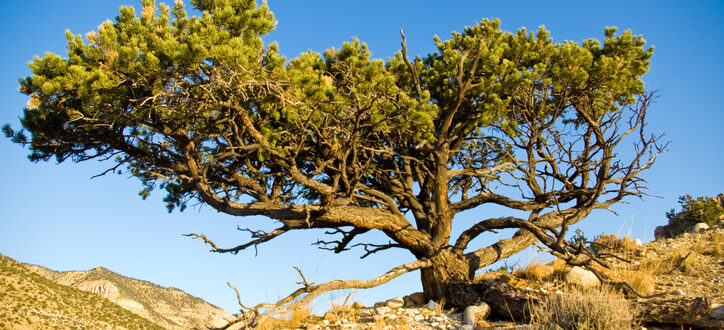Pinyon-Juniper Woodlands and Wildfires
For thinning of pinyon or juniper woodlands, give Colorado Mastication a call at (719)400-9104.
In the Four Corners region of the southwest of Colorado, you’ll see a lot of pinyon pines and juniper trees. You’ll see the pinyon pines around the higher elevations for the most part. Meanwhile, the junipers prefer the lower
Before we had to look at ways to supress fires due to the increase in wildfires, there wouldn’t be too many of the trees in one area. Now, we tend to find pinyons and junipers create a closed canopy and the woodlands are becoming denser. This is a problem.
Trees Are Taking Over the Areas
Low-intensity fires are a necessary part of natural wildlife control. The trees would burn through the grass and minimize the growth of the trees. They were still sustainable, though. Now, pinyons and junipers have started taking over, and they are at a higher risk of creating wildfire conditions. Both of these trees are easy to ignite and highly combustible as their branches tend to reach the ground.
Of course, we don’t want too many fires. We still want to control the levels for the safety of people and wildlife in the area. So, it’s important to manage the growth of the trees in the area.
Right now, the trees are crowding out the grasslands. This is leading to a decrease in other species of plants and animals in the area. Erosion is also a problem as the soil can’t hold with the number of tree roots. On top of that, the trees need more water than other species of plants, leading to the stream flows declining.
As animals need to graze on the lands, they’re starving due to the lack of other plants. They need to head elsewhere, but there isn’t necessarily anywhere else for them to go.
An Invasion of the Ips Beetles
Wildfires aren’t the only concern for the pinyon trees. They are under attack from pests, mainly the Ips beetle. This beetle burrows into the bark to cut off the flow of the sap from the roots. There have been many pinyons die over the years, and these dead trees are even more of a risk when wildfires start.
It’s important for landowners to look out for Ips beetle infestations. The best thing to do is to cut the infested trees down, minimizing the spread of the beetles to other trees. You can also get a permethrin spray for the high-value trees to make sure beetles don’t spread to them. They will breed several times a year, so you’ll want to spray trees three times a season.
Thinning of the Pinyon-Juniper Woodlands
There is work on reducing the growth of the trees to manage the downsides of them. This involves thinning the trees, working on removing a mixture of ages to ensure the survivability of them.
A tree that sits less than 8ins in diameter will need 10ft around them to grow. Anything that is between 8ins and 16ins will need a 30ft to 40ft circle around them. Then the larger ones will need 50ft.
